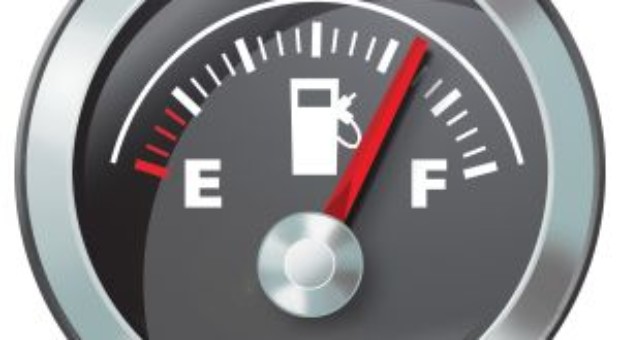
Here are 8 steps to save money by making simple changes to your driving style and habits. This will have an impact on the lifespan of your car, by reducing potential mechanical repairs and unnecessary fuel consumption.
1. Drive at a steady pace
Driving in the right gear and at a steady pace means you don’t need to accelerate or decelerate as often, minimising fuel wastage.
Be alert at all times to your surrounding road conditions and behaviour from fellow motorists – this will reduce the need for sudden braking, which increases fuel consumption and increases wear on your car.
2. Avoid aggressive driving
Aggressive driving habits such as excessive speed, abrupt braking and heavy-footed acceleration will lead to higher fuel consumption and more emissions.
Reckless driving also increases the likelihood of your being involved in an accident, which may cause your future car insurance premium to rise if you are the at-fault driver.
3. Cruise control
For long drives on the highway or in country areas, try using the cruise control setting; it will improve your fuel efficiency.
4. Refresher driver training
Consider taking a refresher driver training course to brush up on your driving and road handling skills. Even the most experienced of drivers can form poor driving habits over time. A refresher course will quickly bring you up to speed on ways to improve your driving technique, thereby reducing accidents and improving your car’s fuel consumption.
5. Use air conditioning sparingly
During summer, use your air conditioning sparingly to reduce your fuel consumption. As an alternative, wind down your car windows and let some natural air flow into your car, and save the air conditioning for really hot days.
6. Remove excess weight from your motor vehicle
Increase your fuel economy by removing any excess weight from your motor vehicle – a common culprit is a boot full of heavy tools and equipment that are never used.
Also remove any attachments such as heavy roof racks that are only needed occasionally; these can add significantly to the weight of your car as well as increasing wind resistance, further reducing your fuel economy.
7. Maintain your motor vehicle regularly
Whether you have purchased a new or used car, it’s important that you take the time to maintain your car on a regular basis. Some of the regular tasks for maintaining your motor vehicle include: checking that your tyres are at the right pressure, rotating your tyres often if there is evidence of uneven wear and tear, and replacing dirty air filters to improve your motor vehicle’s engine efficiency.
If you have a car under warranty, make sure to comply with the manufacturer’s recommended schedule. The schedule will vary from car to car, but a service is usually required every 10,000 kilometres or every 6 months. This also ensures that your vehicle does not become unroadworthy as your insurance cover could be impacted if an accident was the result of vehicle defects that arise from lack of regular maintenance (eg faulty brakes).
8. Plan your car routes
If possible, try to avoid getting stuck in traffic jams during peak hour traffic. Constant stopping and starting can be very costly on fuel and adds stress to engine components.
To avoid traffic jams, plan ahead and travel on alternative routes that are less congested. Sometimes the shortest route may not necessarily be the most fuel efficient if you end up gridlocked or encounter multiple traffic lights over a short stretch of road.

















